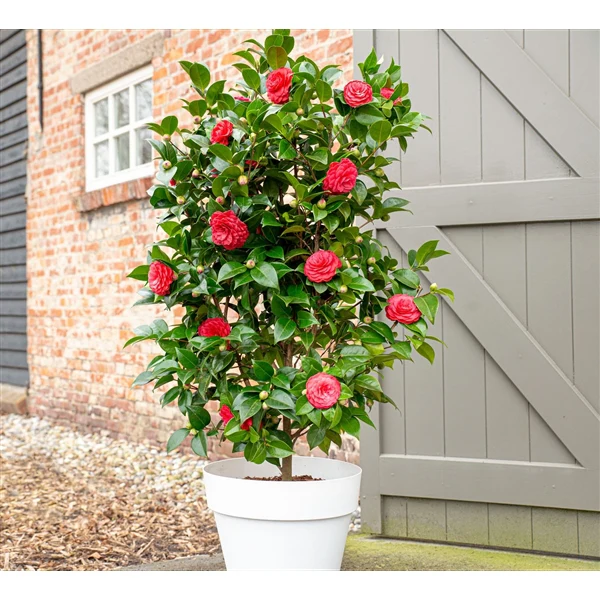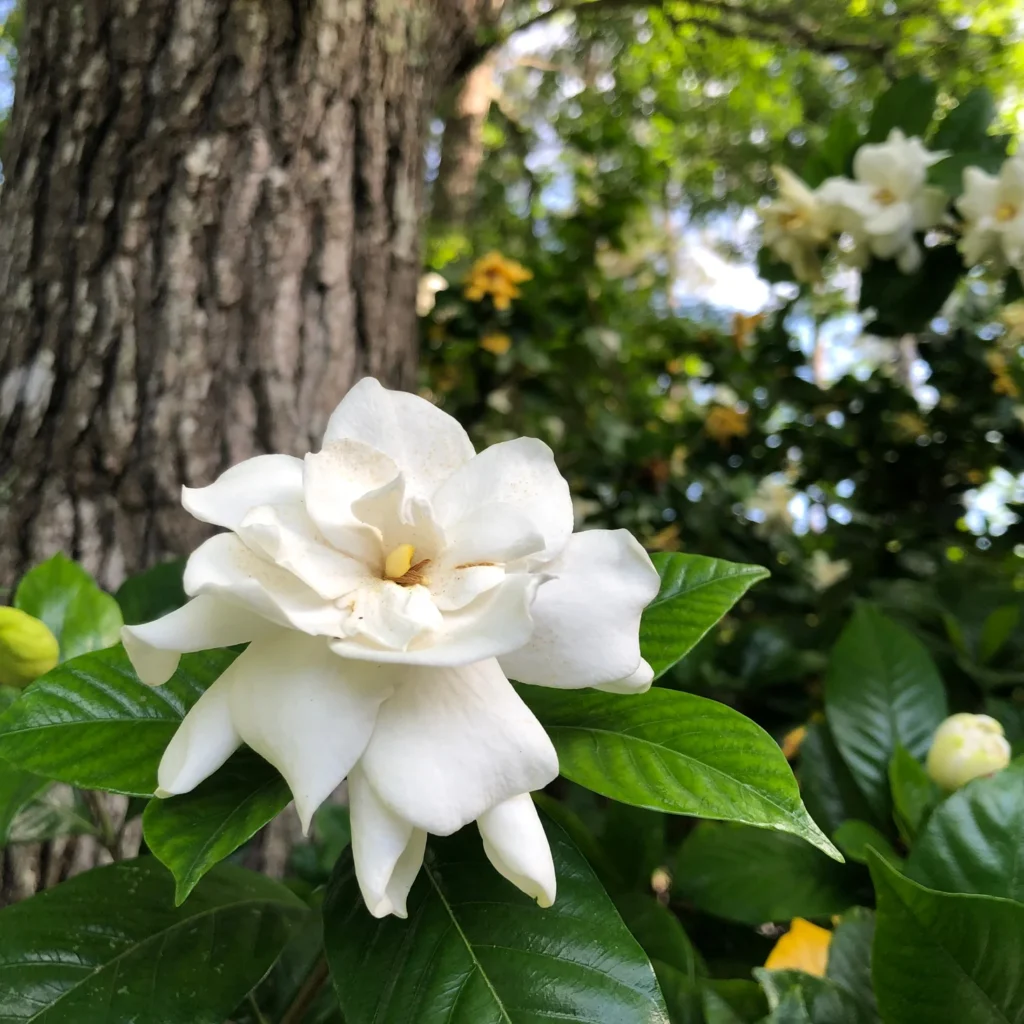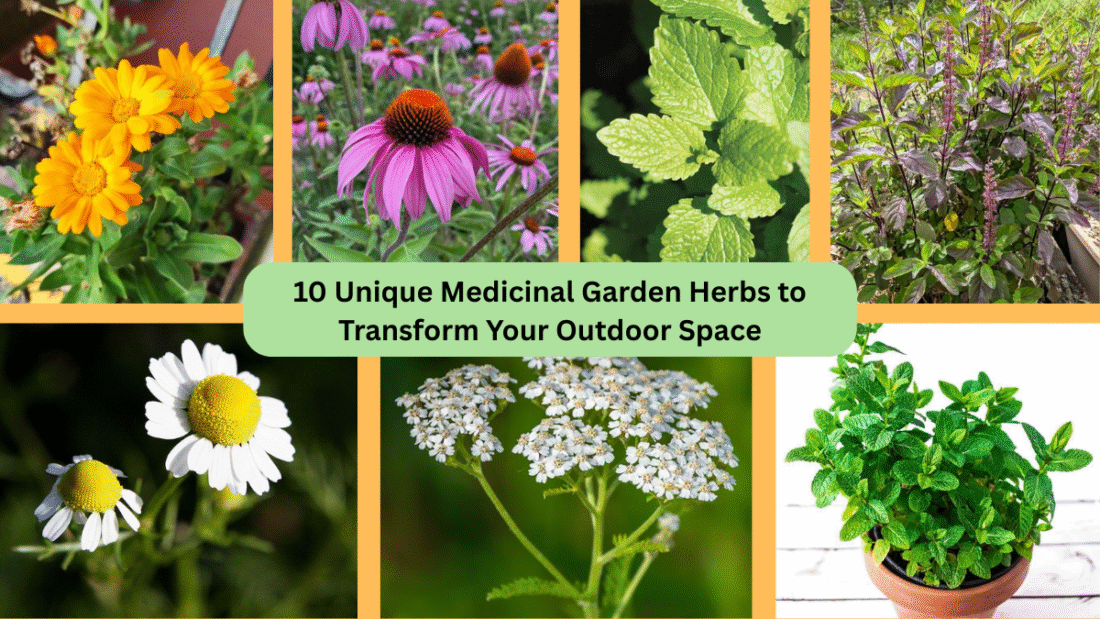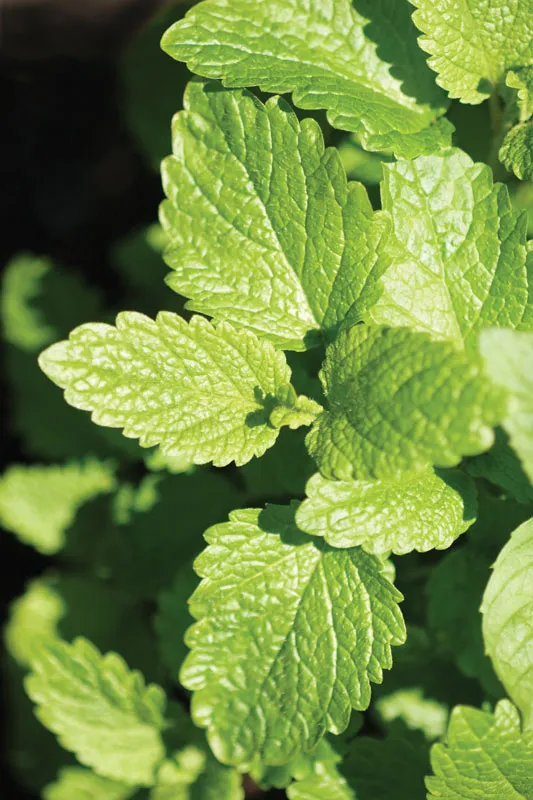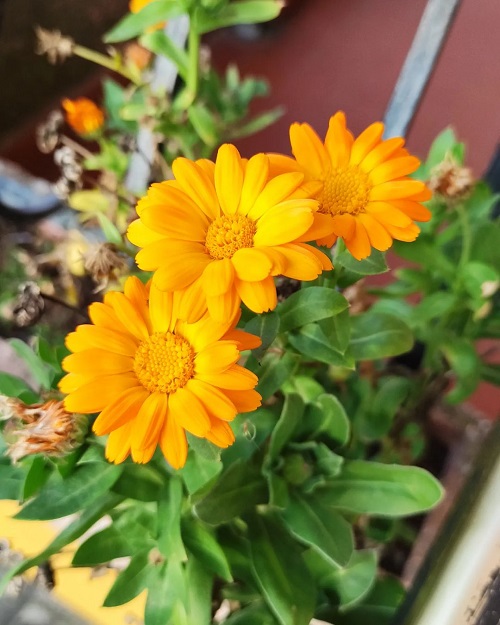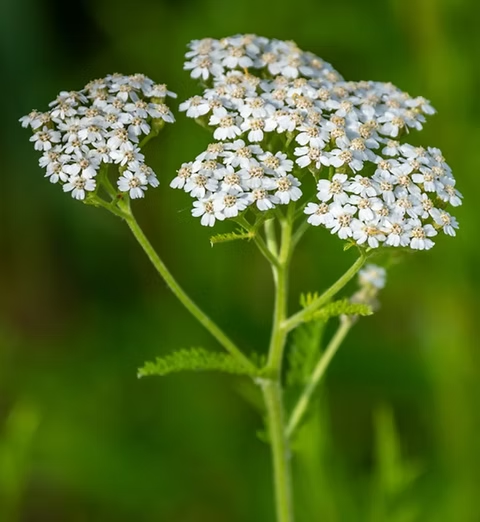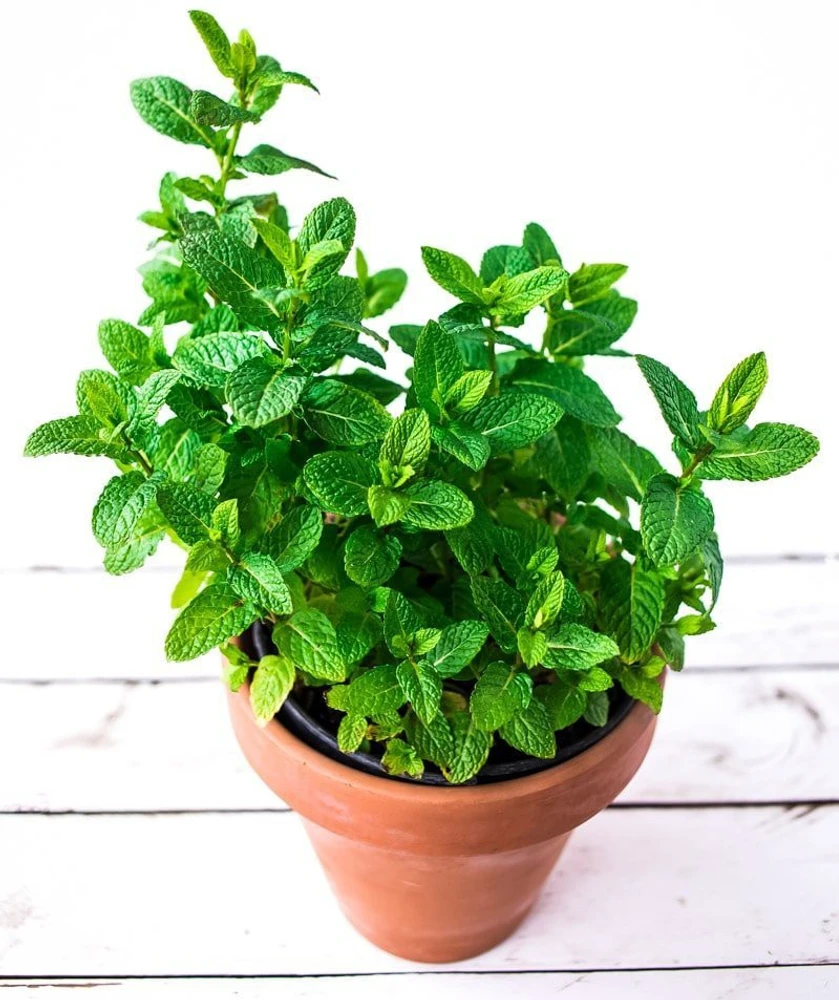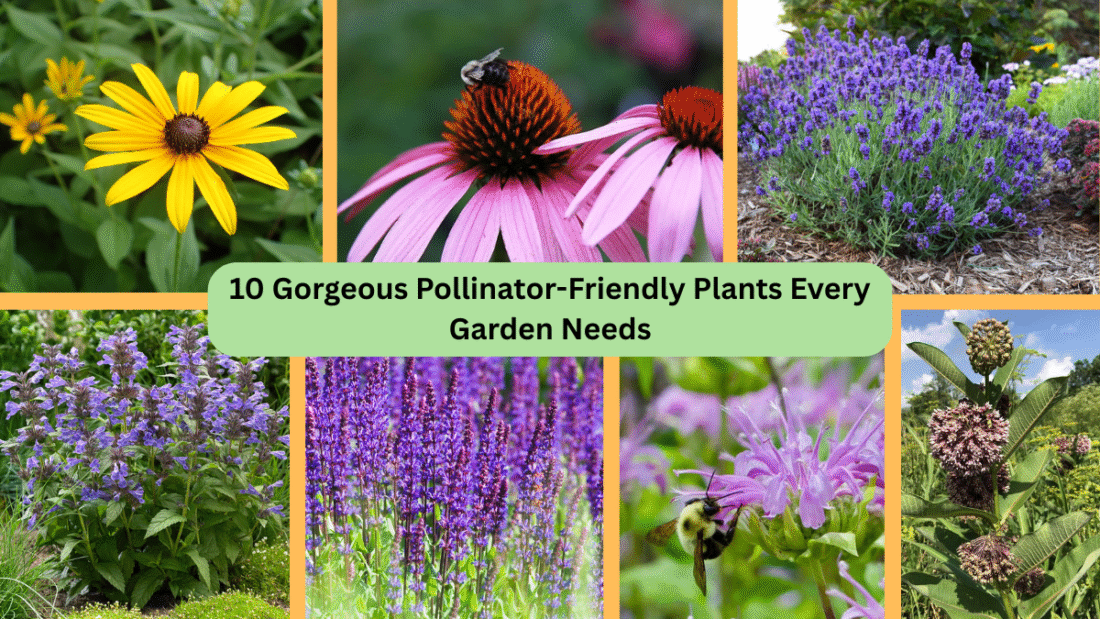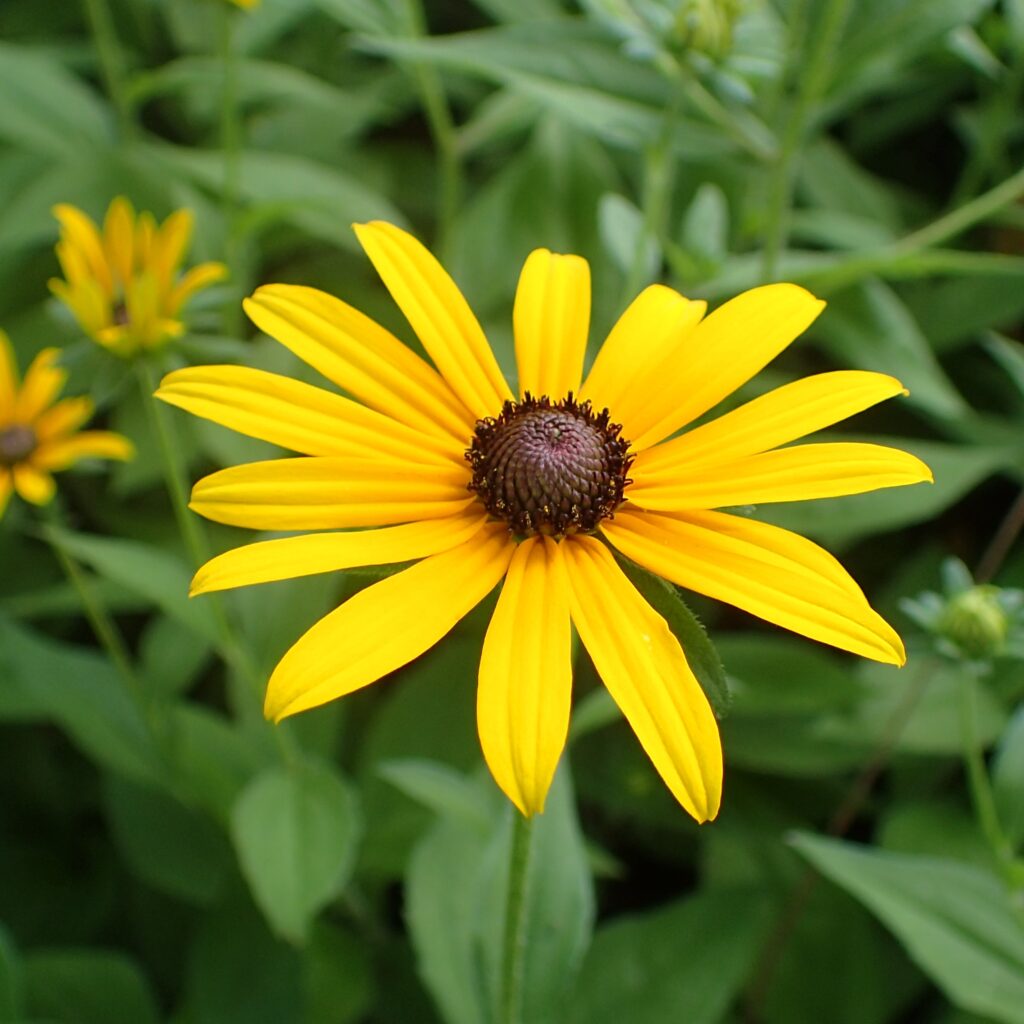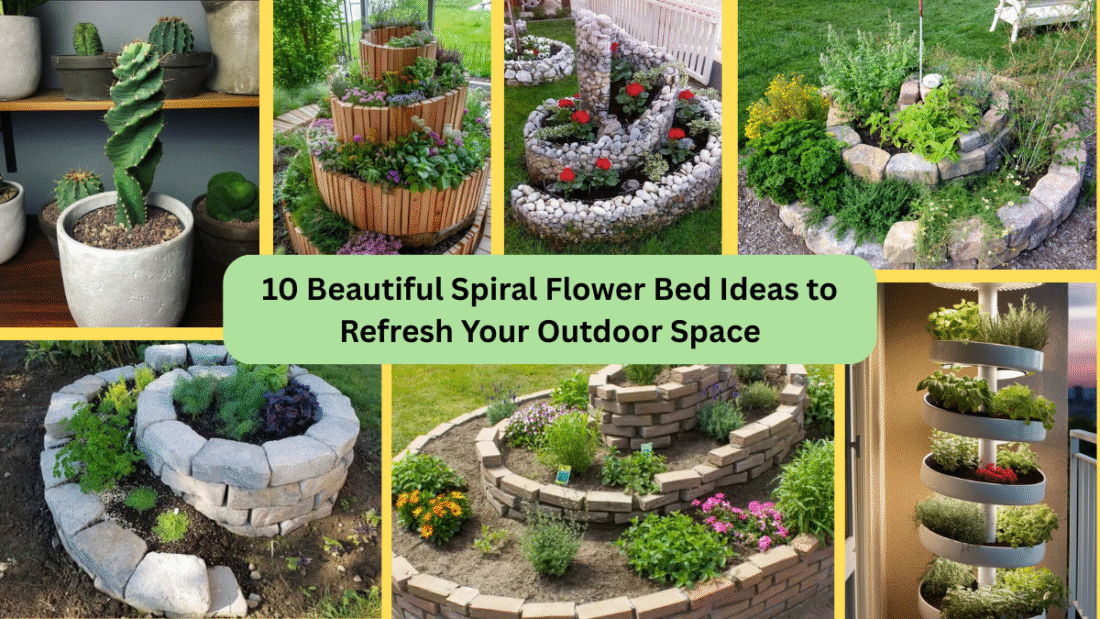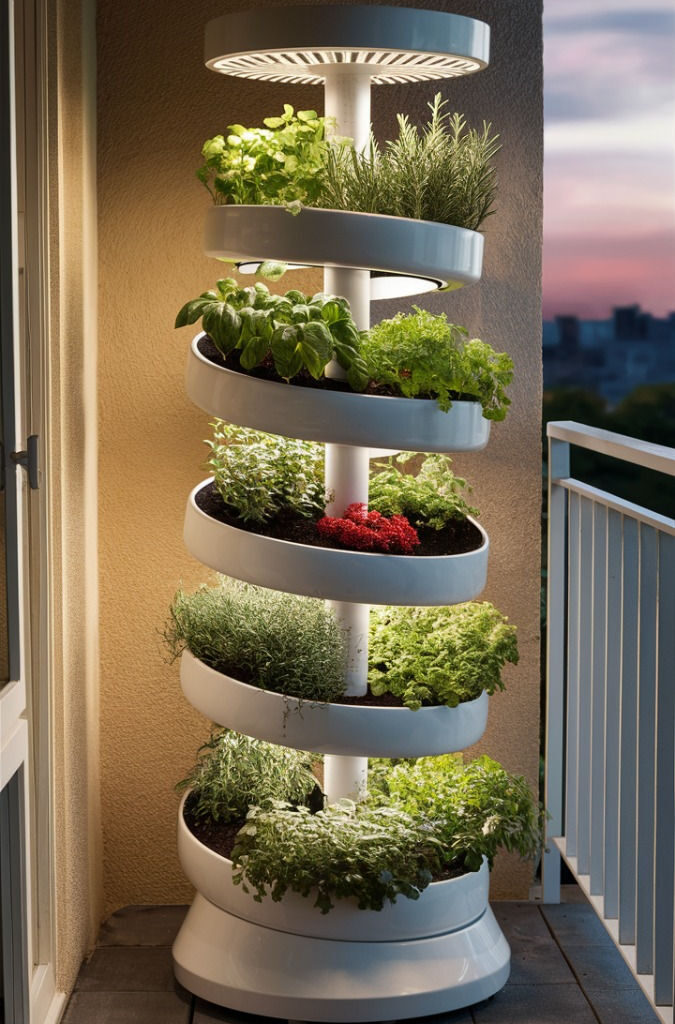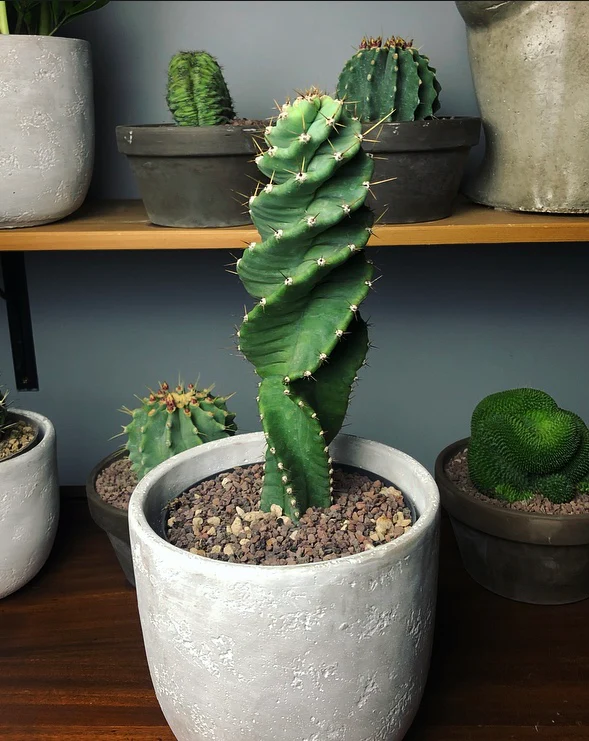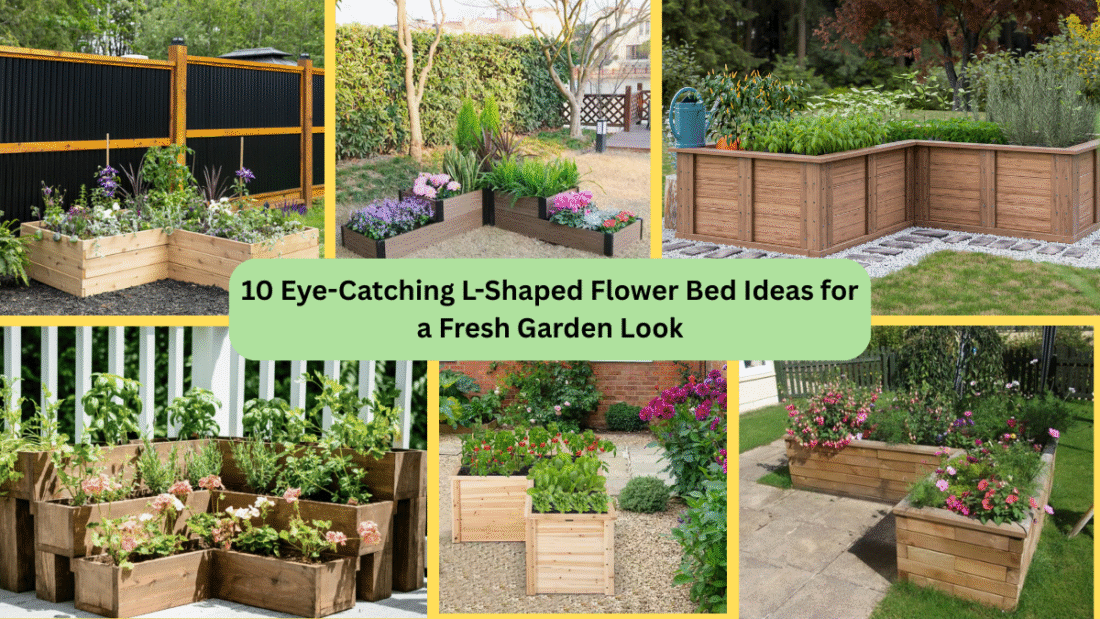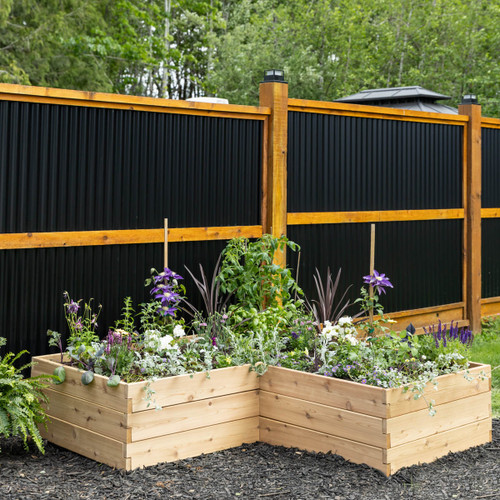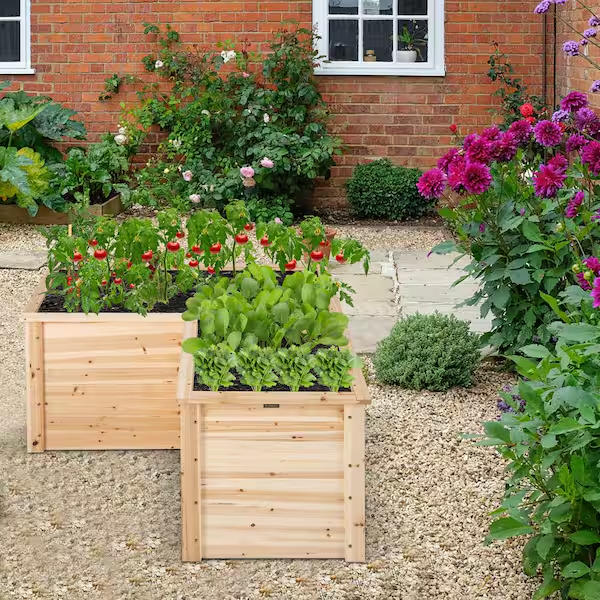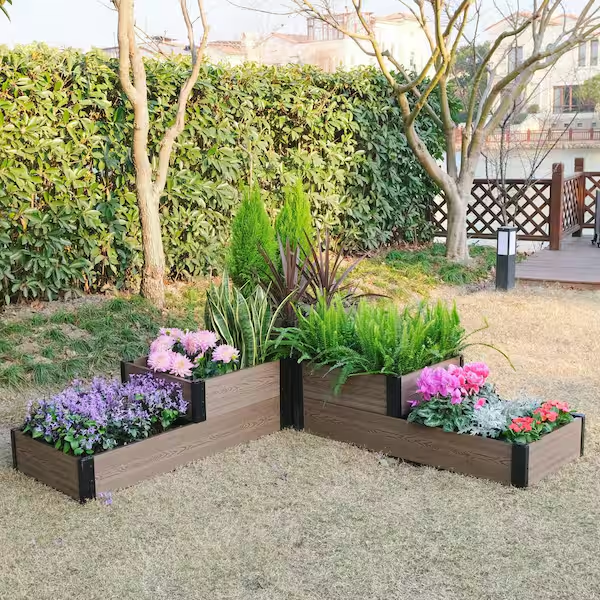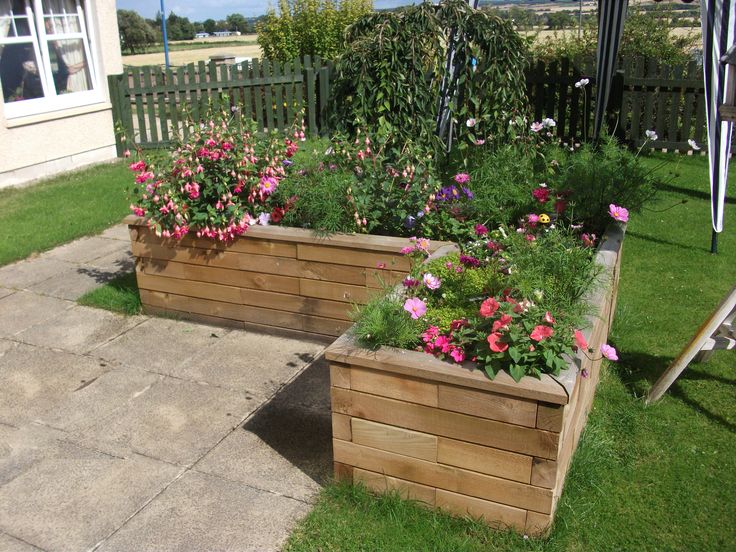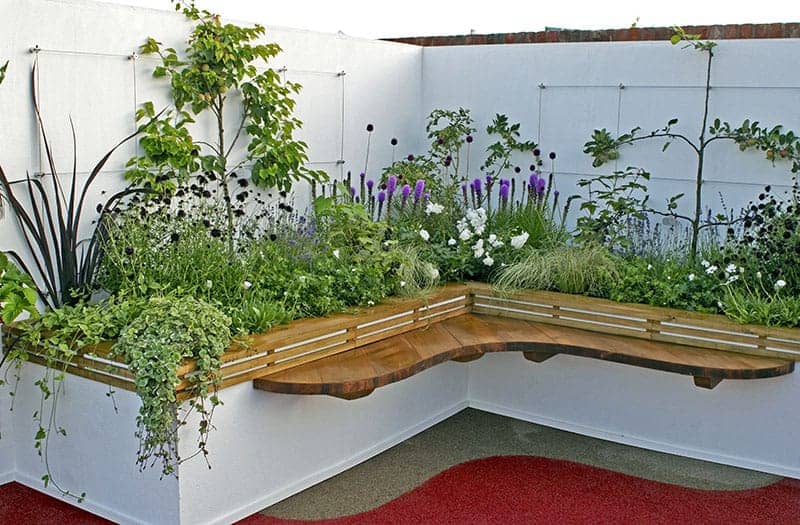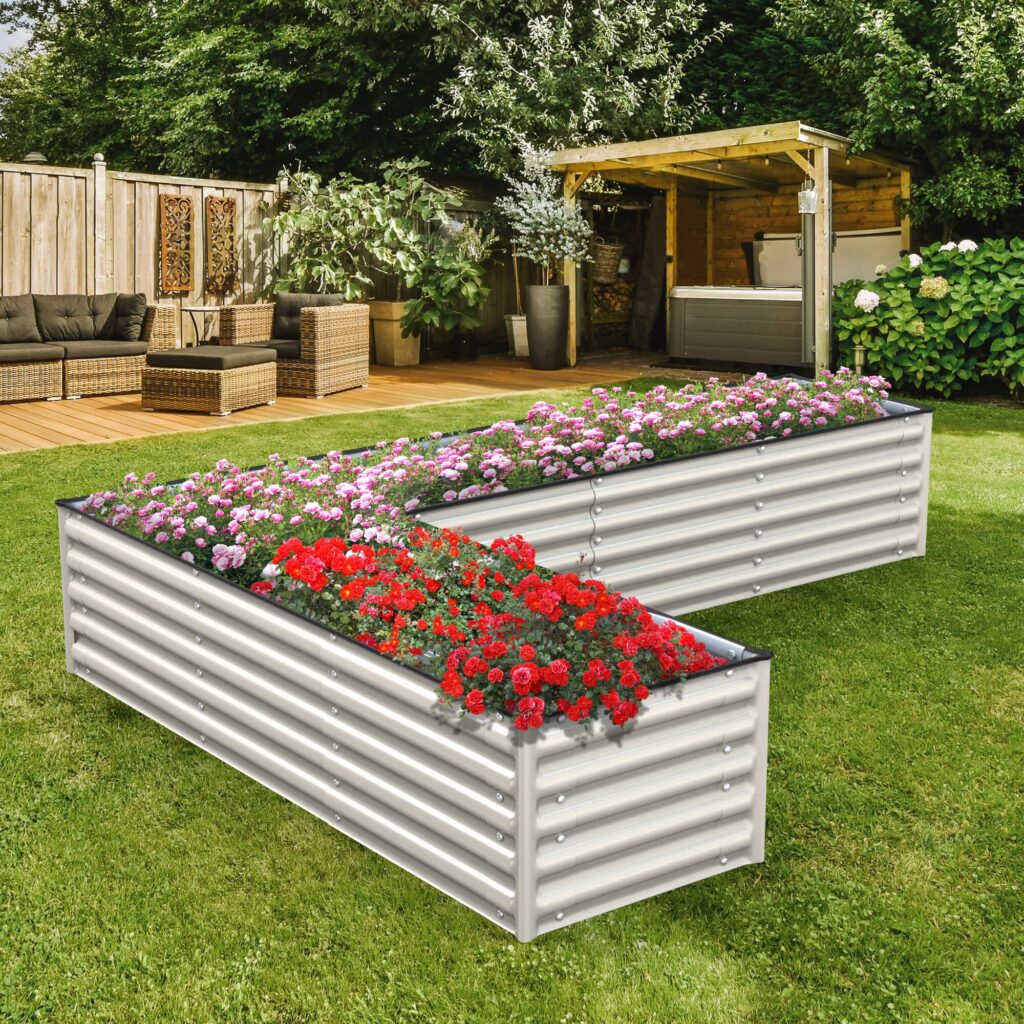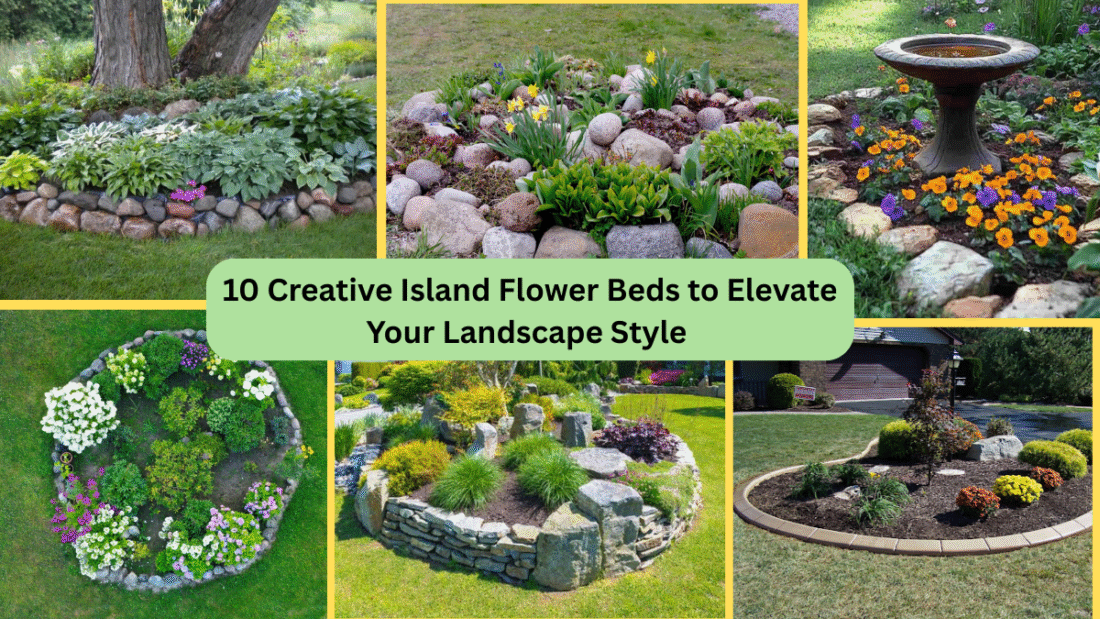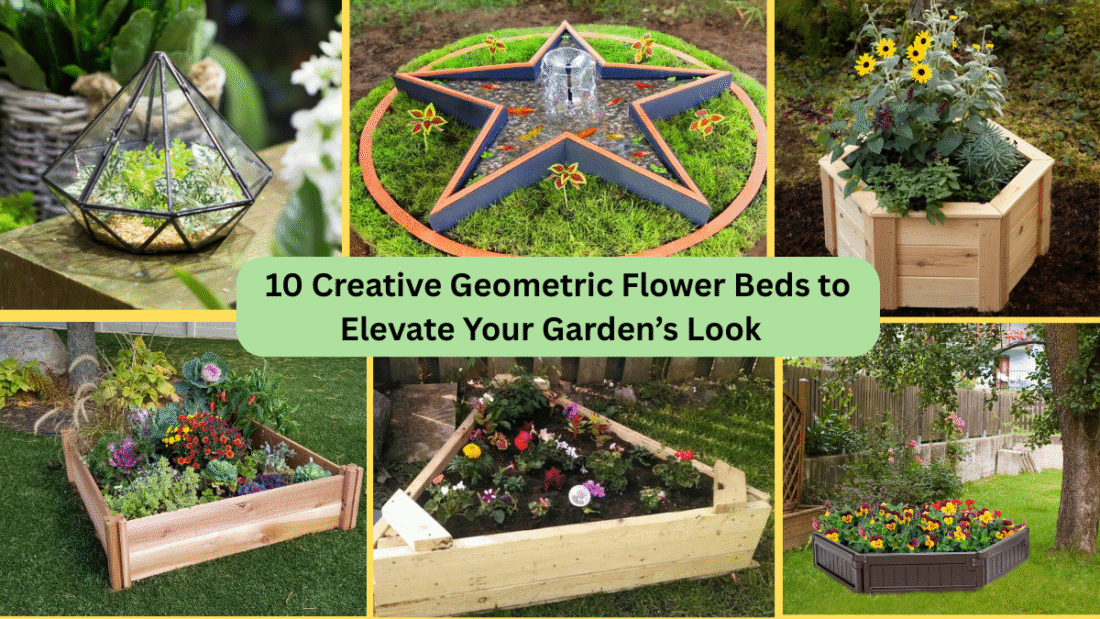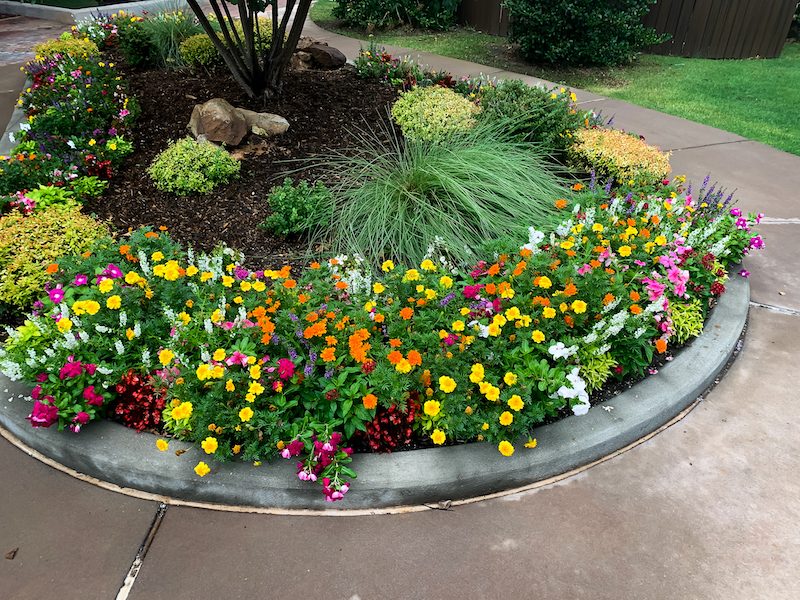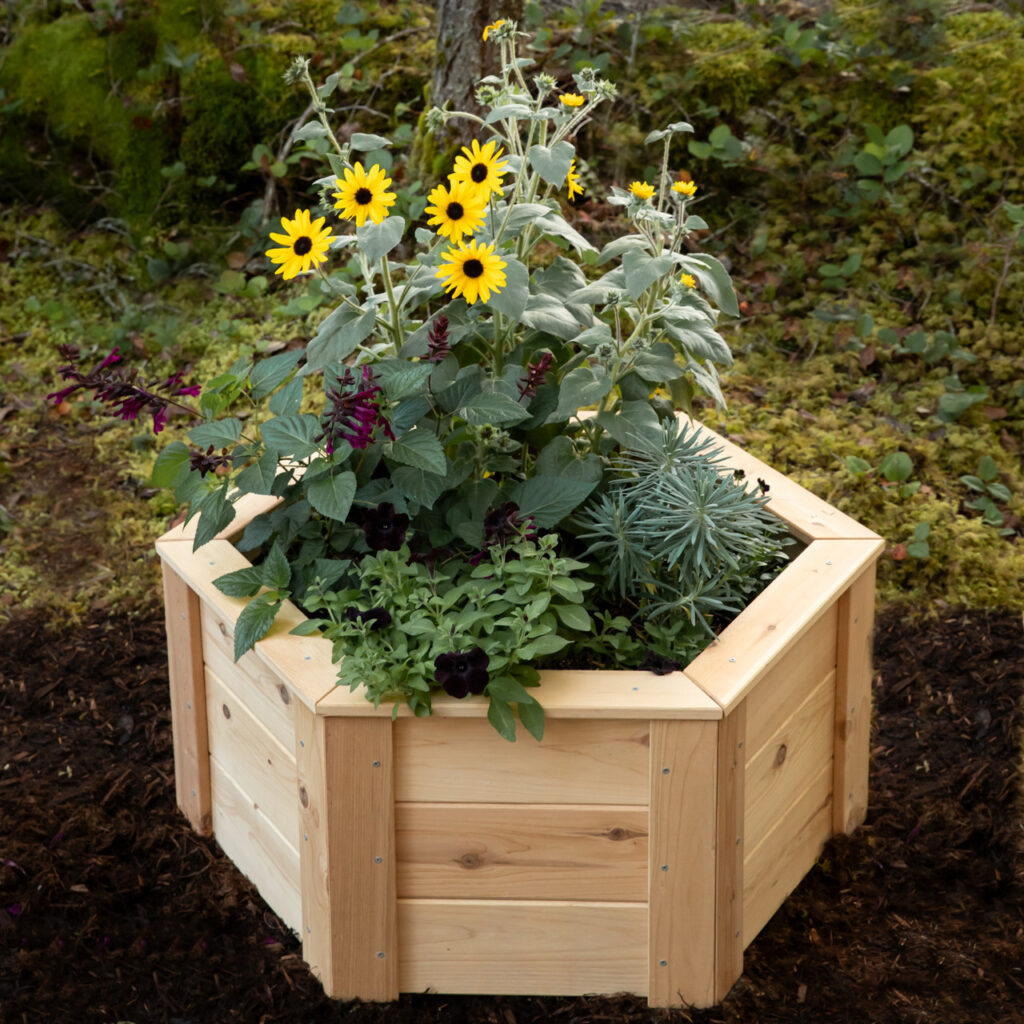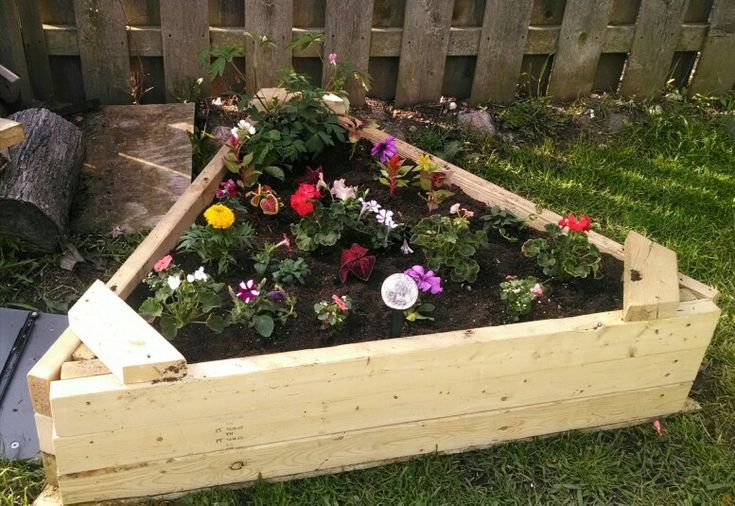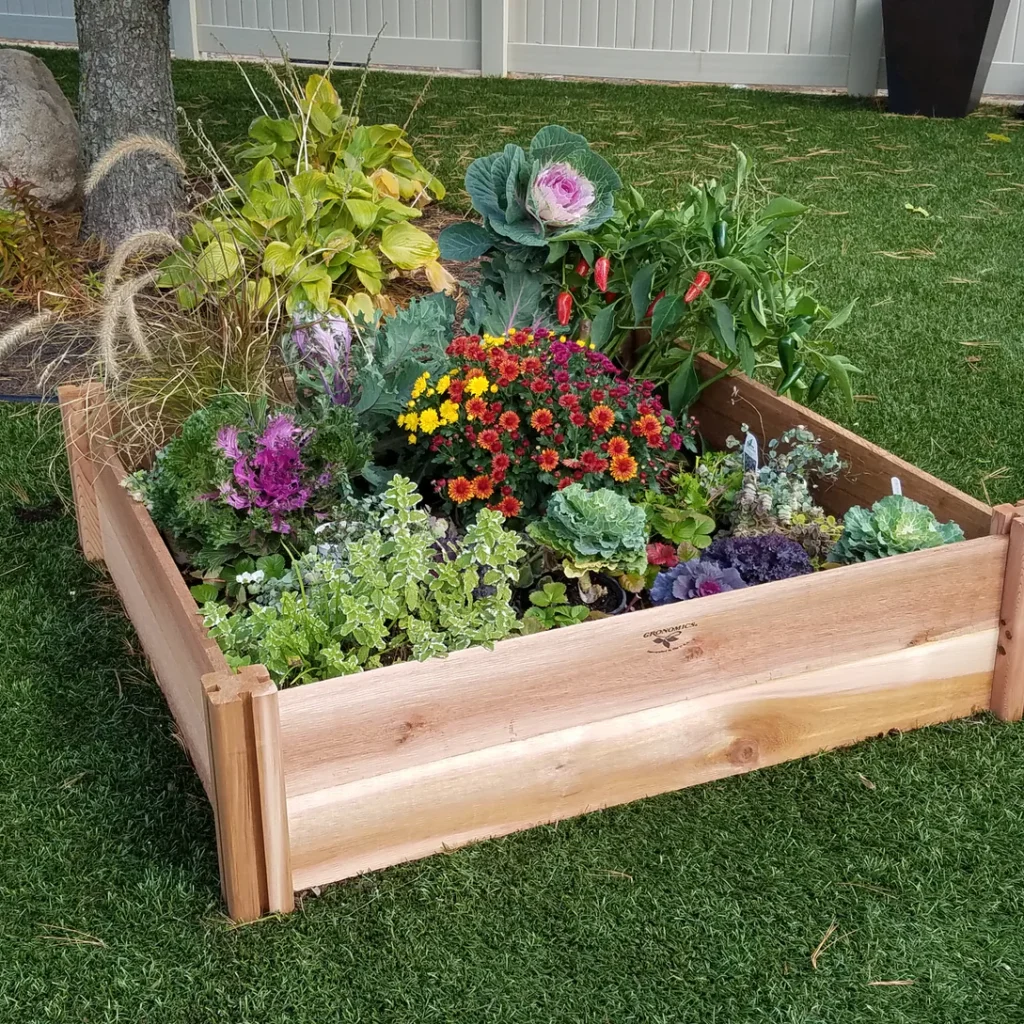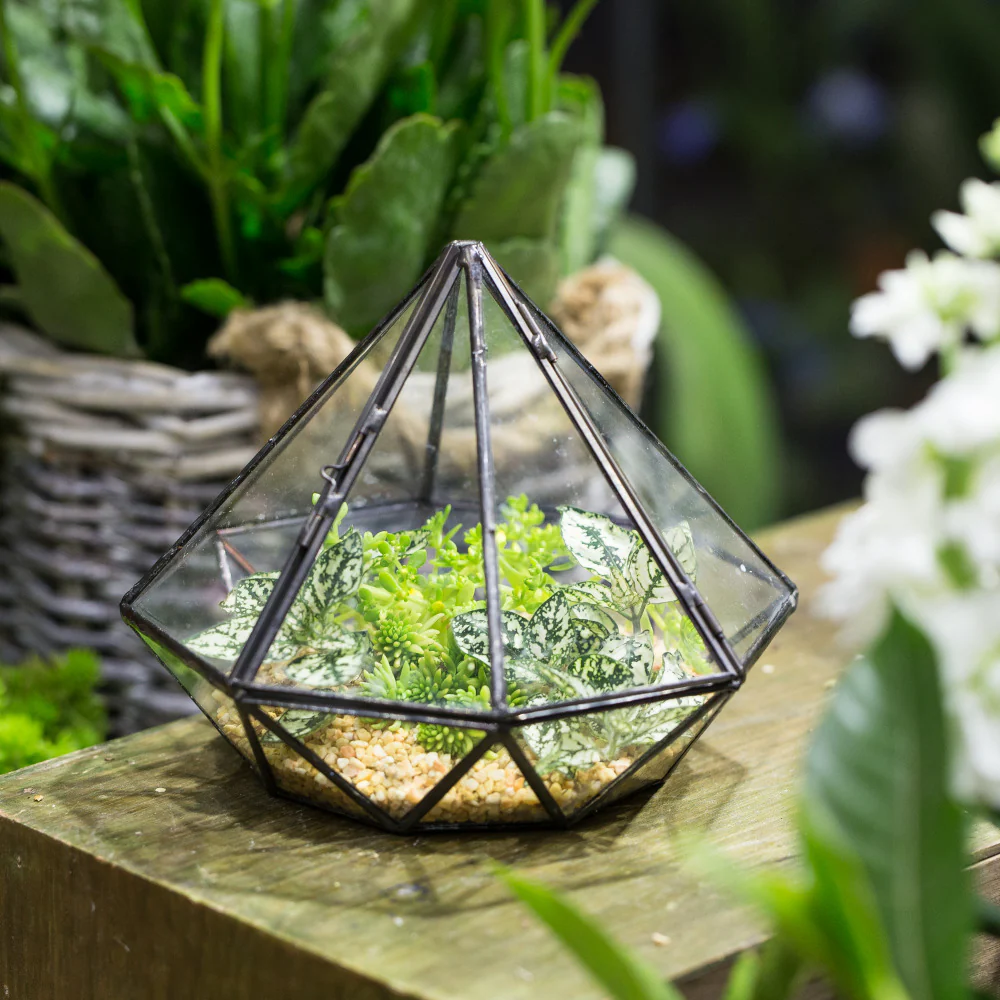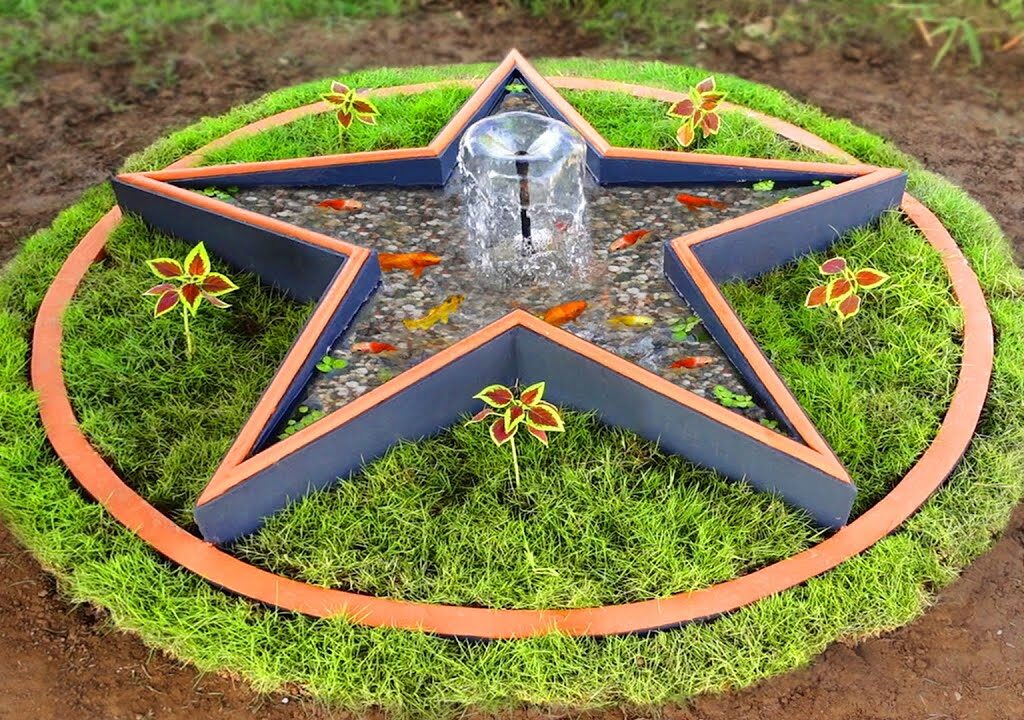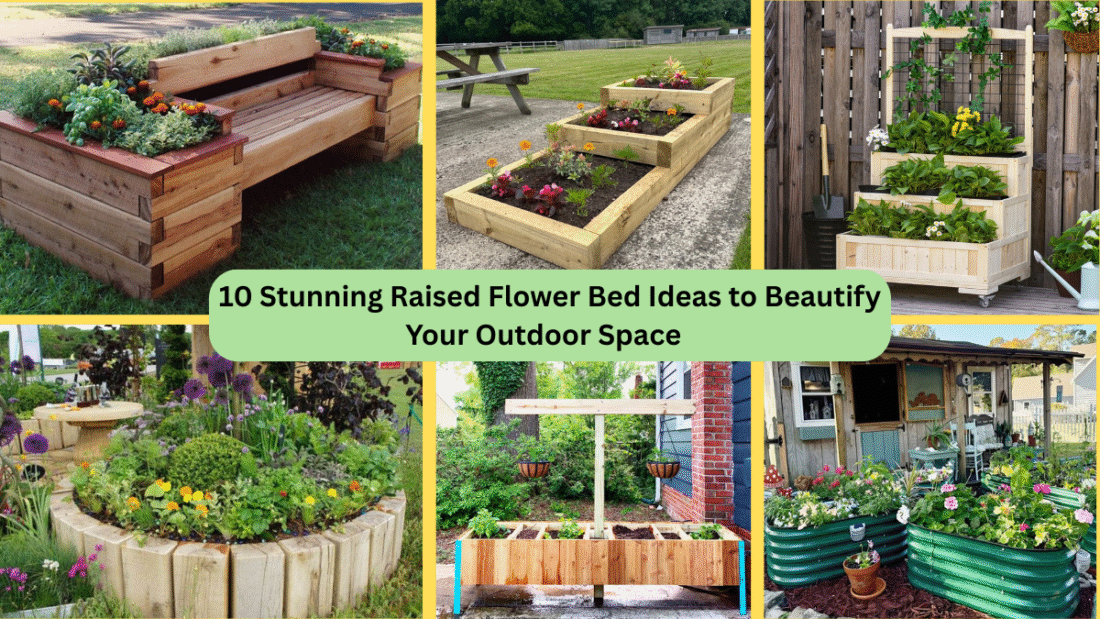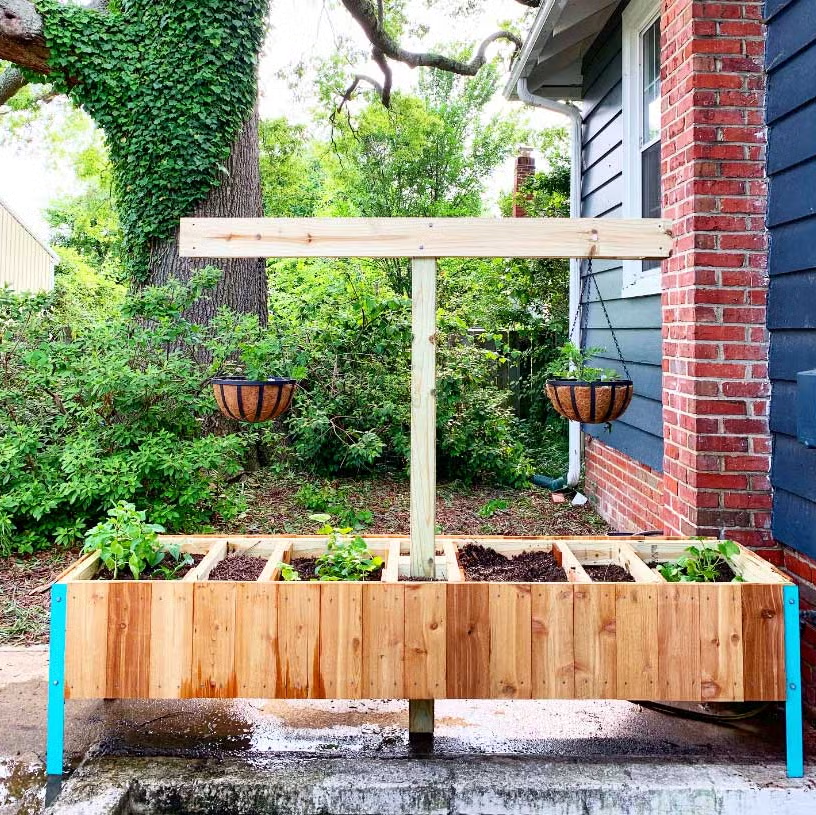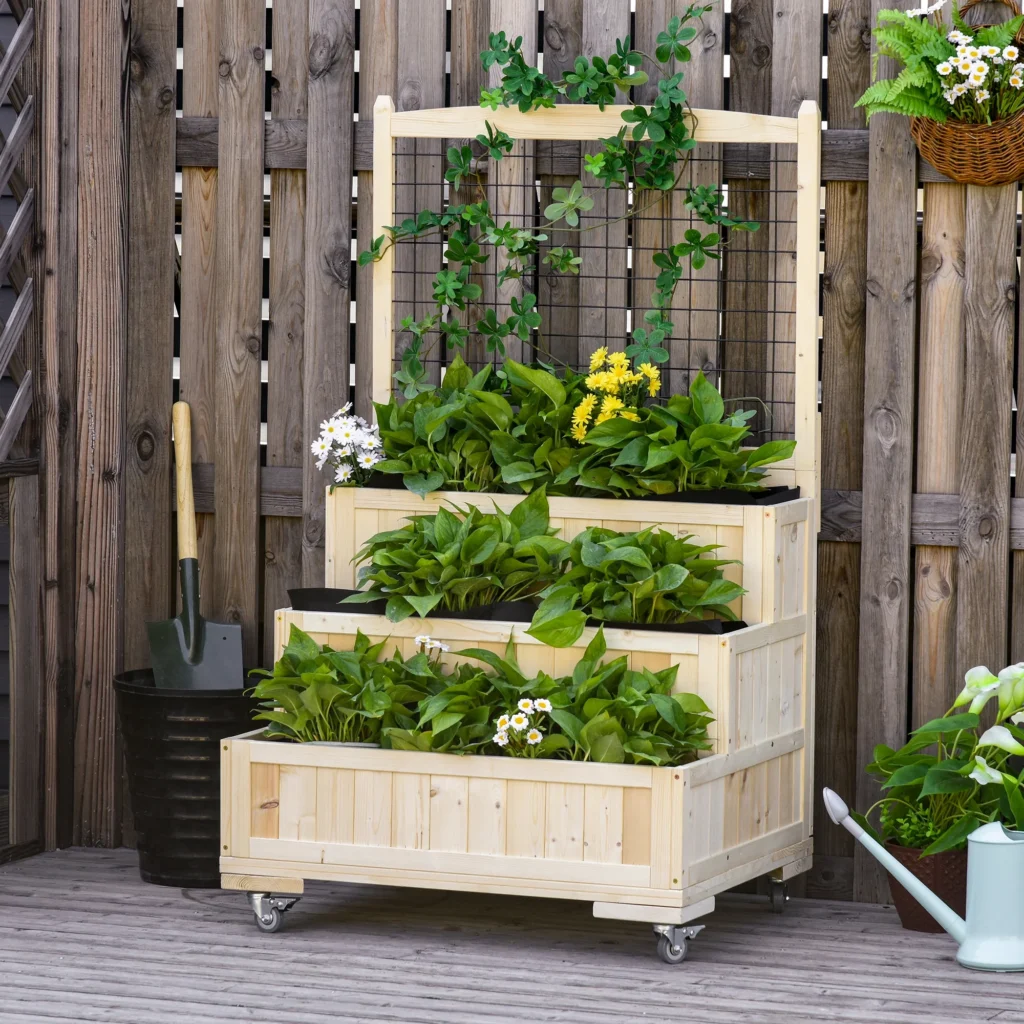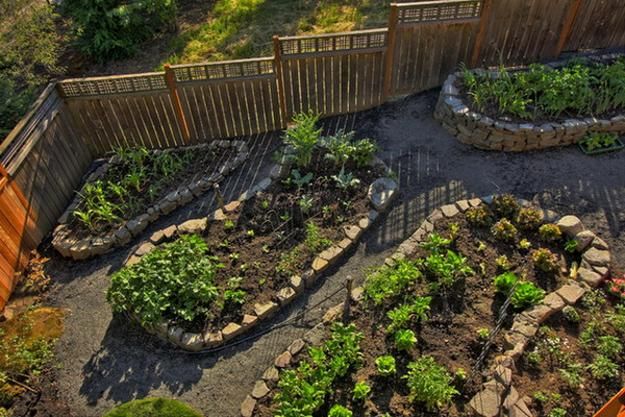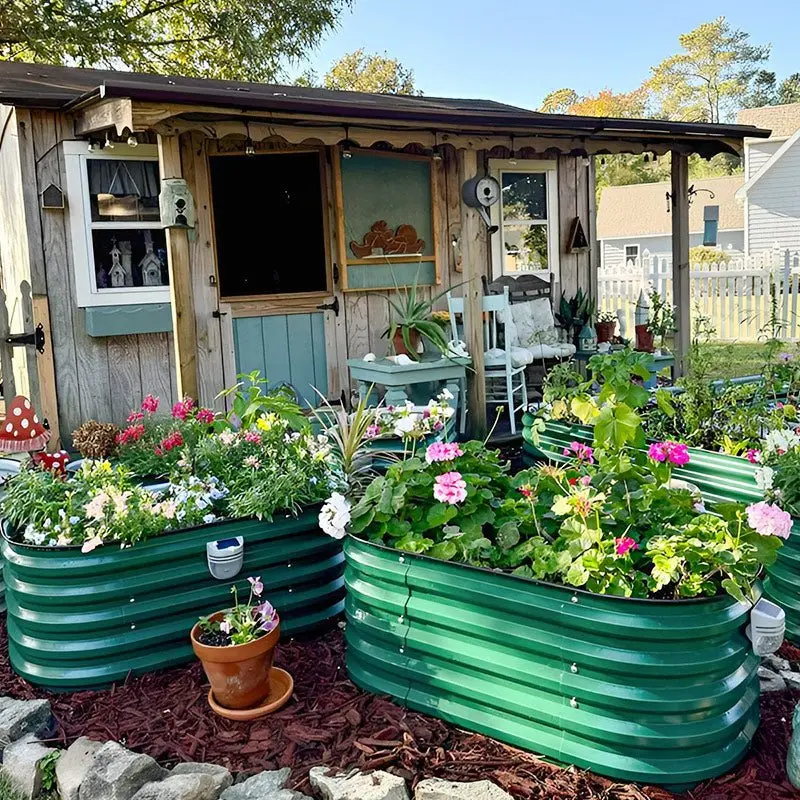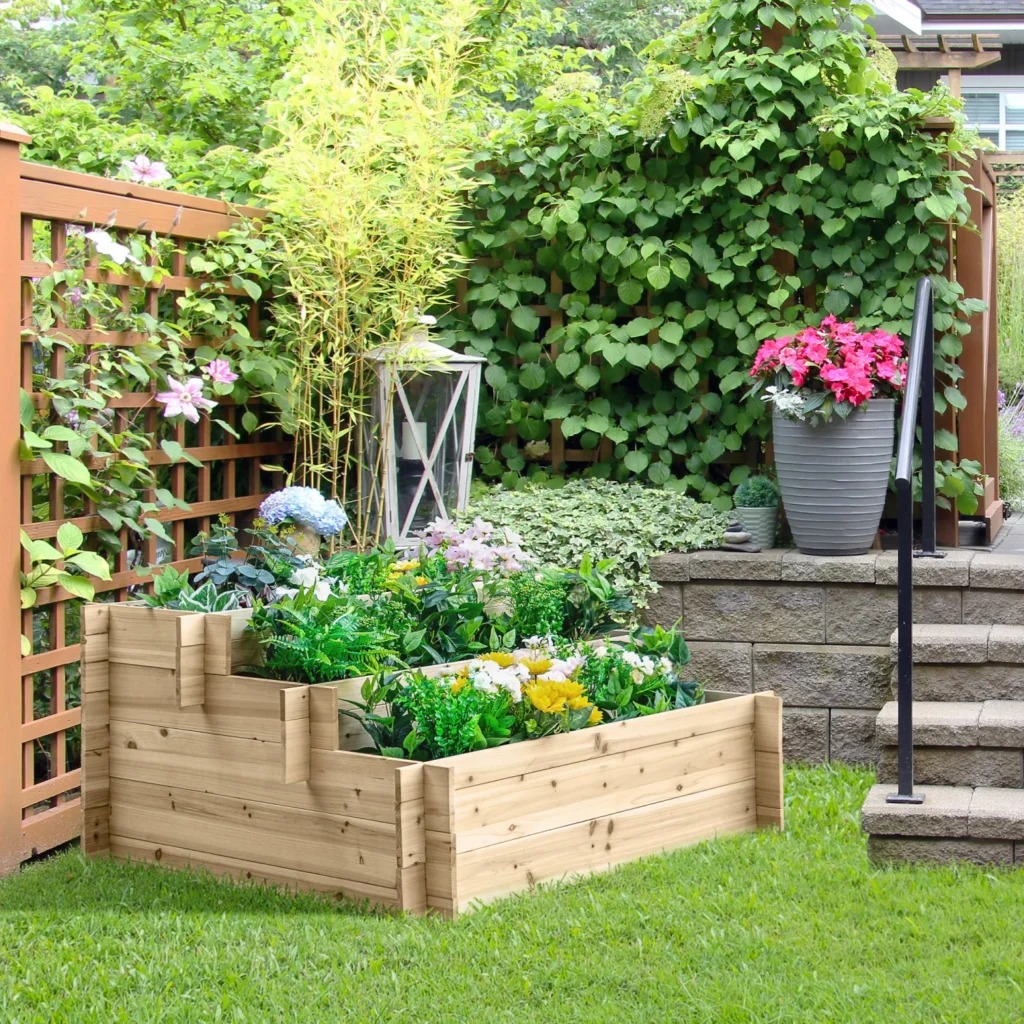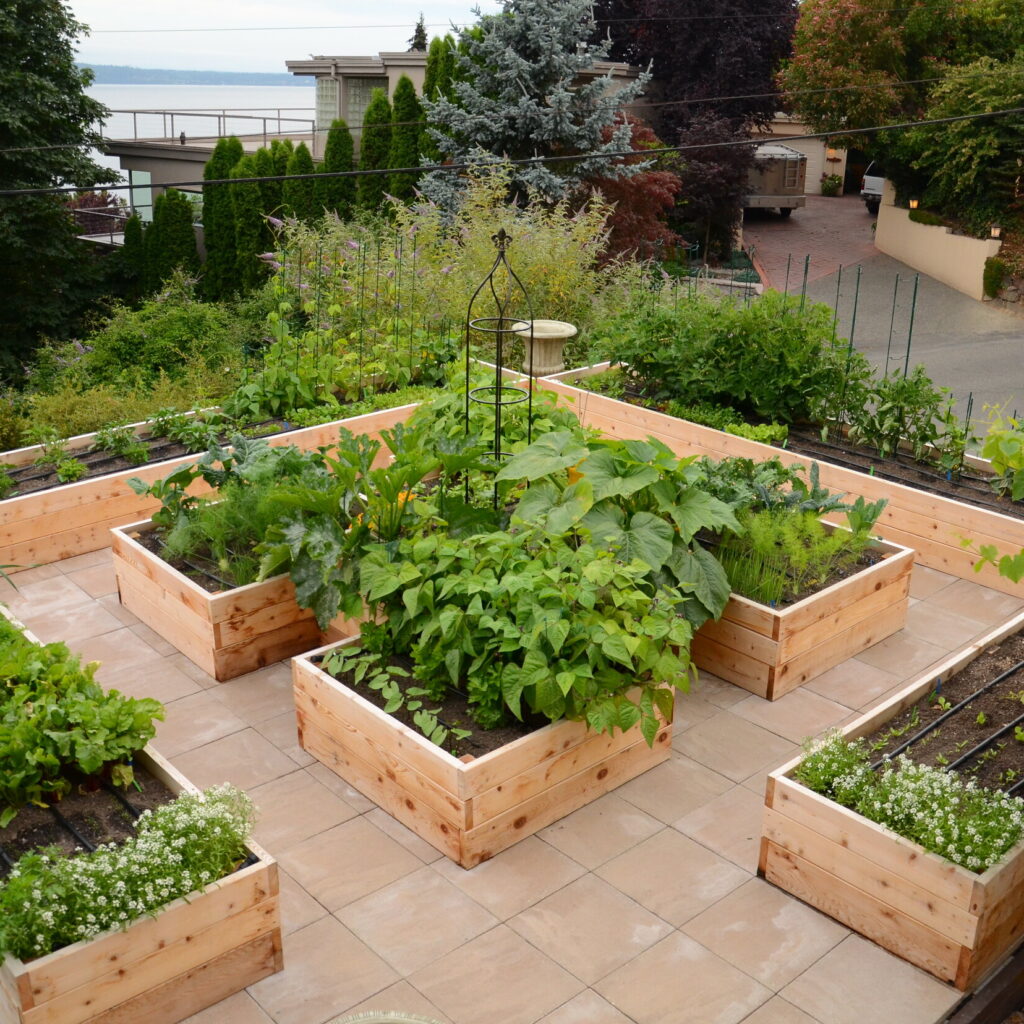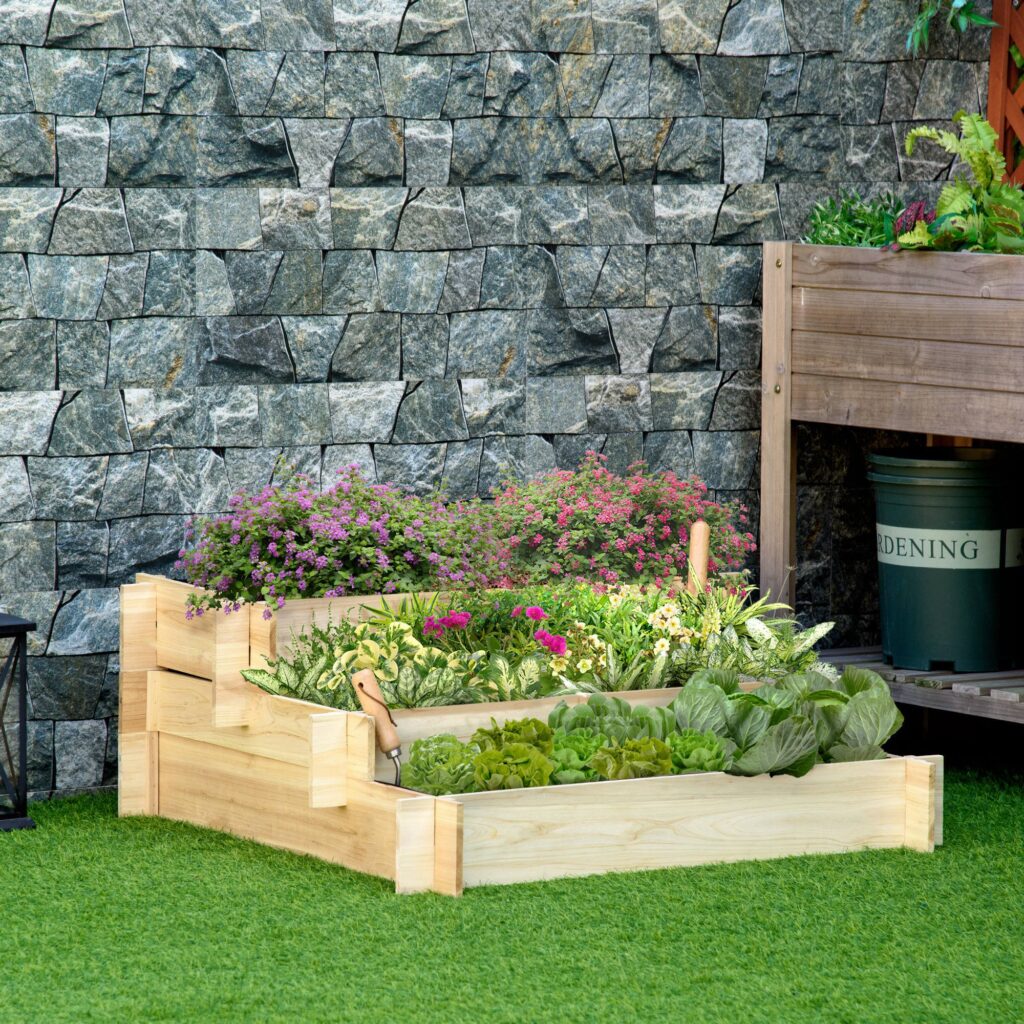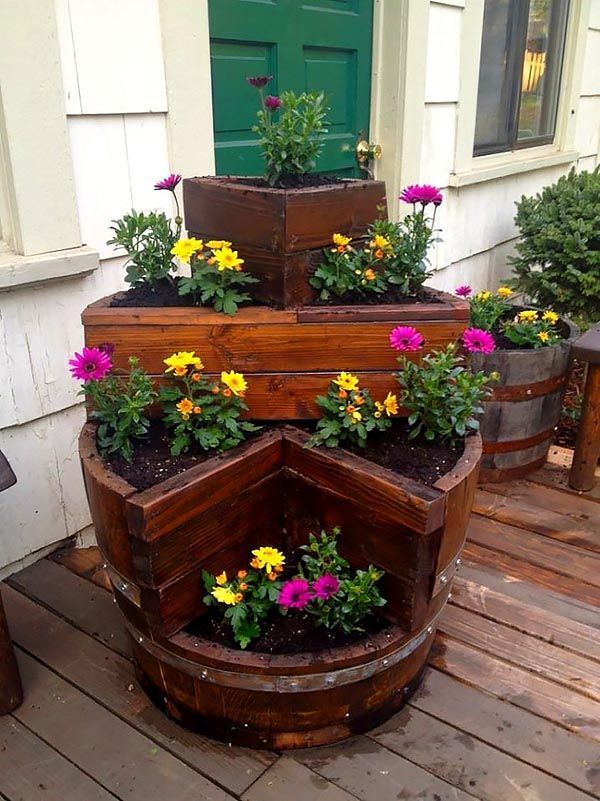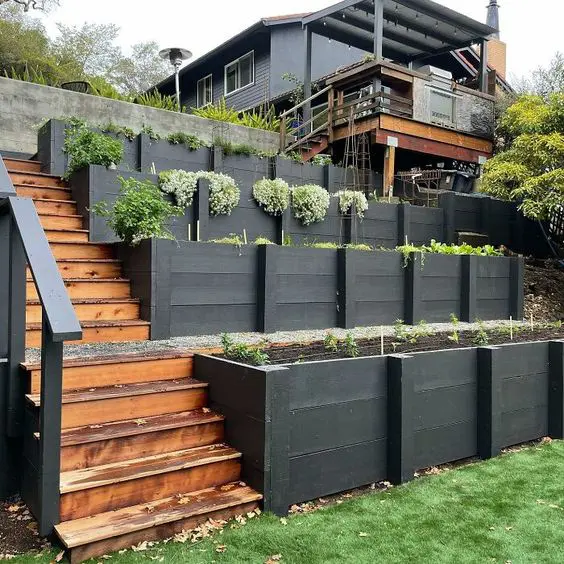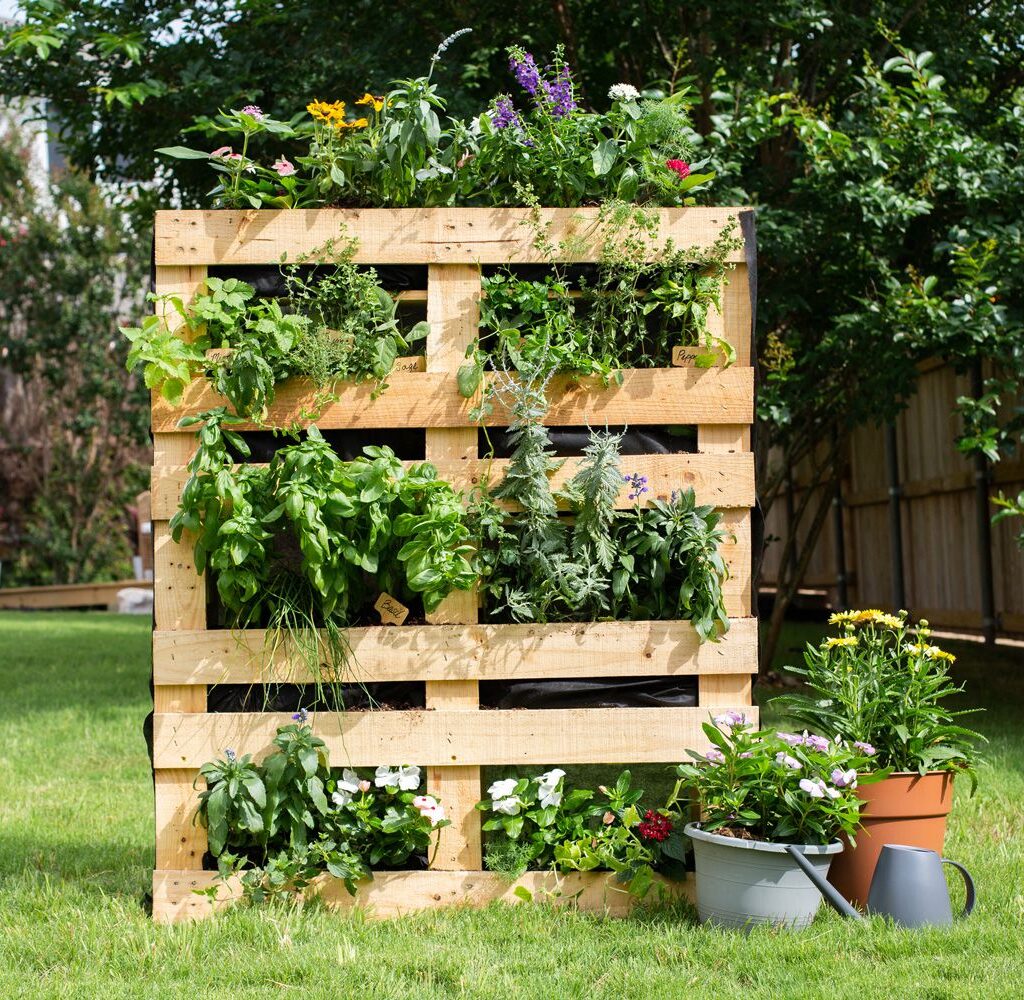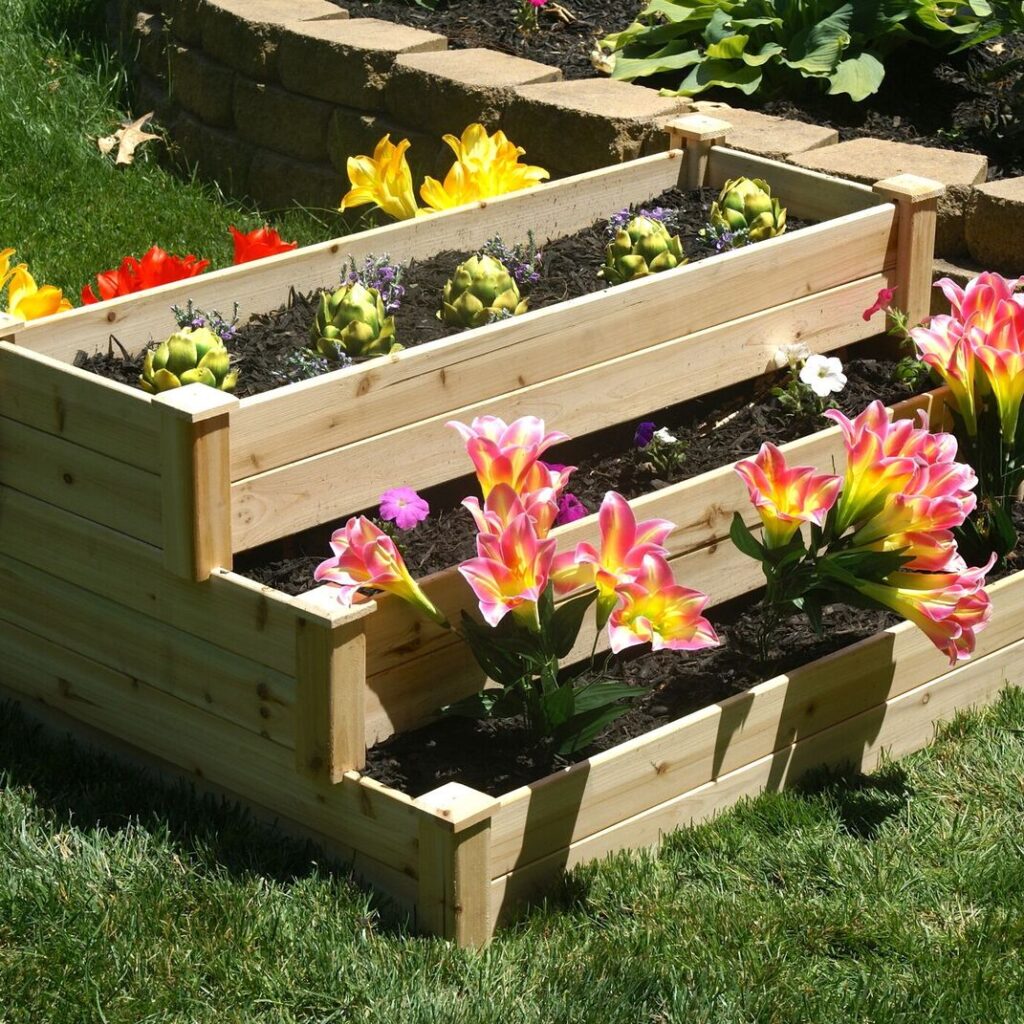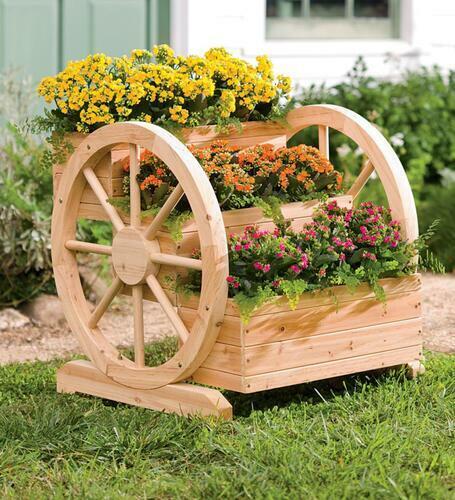Water features instantly add a sense of serenity and elegance to any outdoor setting, and container water gardens are a fantastic way to enjoy this beauty in small spaces. Whether it’s a patio, balcony, or backyard nook, you can create a stunning aquatic oasis with the right plants. Aquatic container plants bring texture, color, and even wildlife to your garden, offering a unique, low-maintenance alternative to traditional planters. Here are 10 gorgeous aquatic plants that thrive in containers and can elevate your outdoor space with lush, water-loving charm.
1. Water Lily (Nymphaea spp.)

Water lilies are the queens of aquatic container gardening. Known for their striking, fragrant blooms that float atop still water, they come in a rainbow of colors including white, pink, yellow, and purple. Water lilies need a sunny spot with at least 5–6 hours of direct sunlight daily to produce their stunning flowers. These plants also provide valuable shade and cover for fish in ponds or containers, keeping the water cooler and reducing algae growth. Their broad, rounded leaves add a peaceful, Zen-like beauty to any outdoor space.
2. Lotus (Nelumbo nucifera)
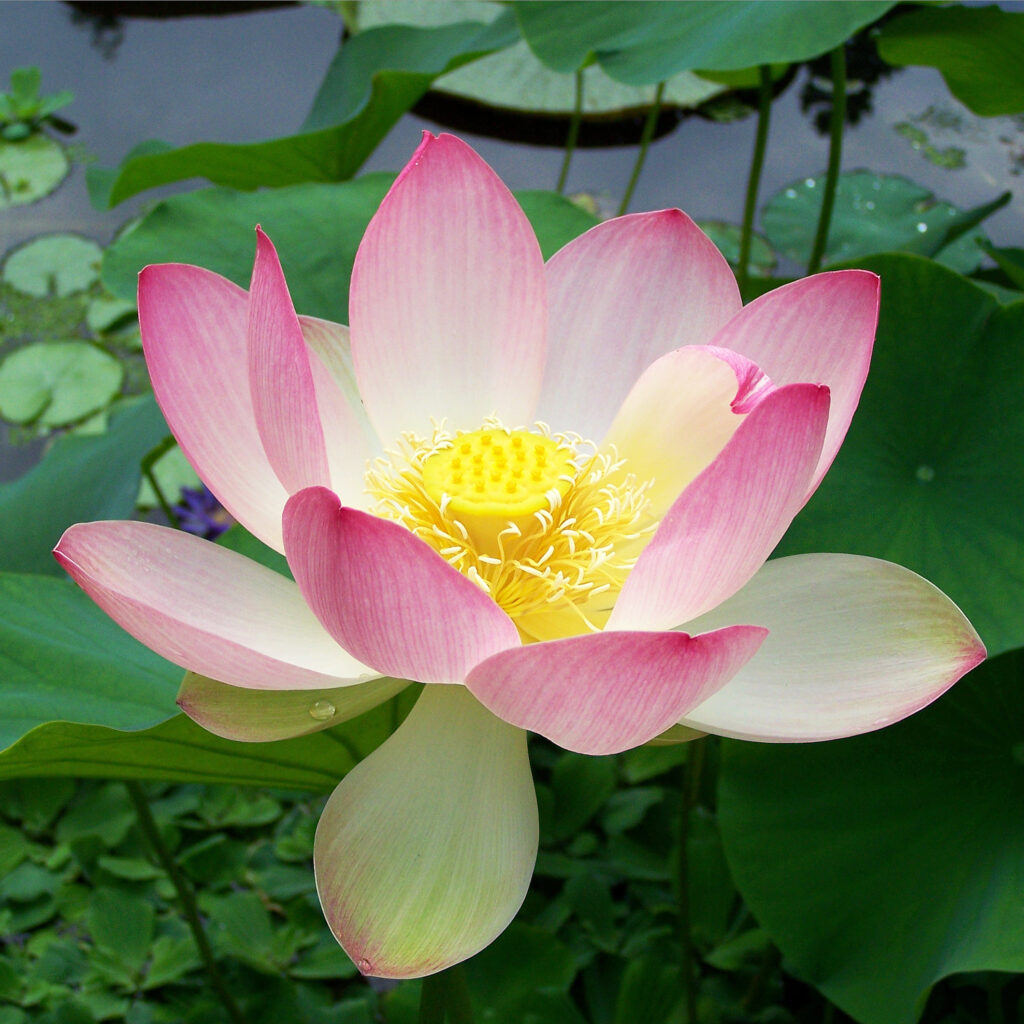
The Lotus is a sacred and symbolic aquatic plant revered for its exquisite, ethereal flowers that rise dramatically above the water’s surface. Unlike water lilies, Lotus plants grow taller with leaves and blooms that stand above the water, making them a bold statement piece in any container water garden. Lotus flowers bloom in shades of pink, white, and yellow, and their large, saucer-like leaves are just as striking. They thrive in full sun and need larger, deep containers to accommodate their substantial growth.
3. Water Hyacinth (Eichhornia crassipes)

If you’re looking for a fast-growing, floating aquatic plant with vibrant blooms, Water Hyacinth is an excellent choice. This free-floating beauty produces clusters of lavender-blue flowers during warm months, while its glossy green leaves create a lush surface cover. Water Hyacinths are superb at filtering water, absorbing excess nutrients, and preventing algae blooms. They’re perfect for sunny patios and water containers, though they can spread quickly in open water settings, so it’s wise to manage their growth in contained spaces.
4. Water Lettuce (Pistia stratiotes)

Water Lettuce is a charming, floating plant with velvety, rosette-shaped leaves resembling open heads of lettuce. Its pale green foliage adds soft texture and bright color to water containers. Water Lettuce multiplies by producing baby plants on runners, forming a floating mat that shades the water and helps control algae. It’s best grown in full to partial sun and is prized for its ability to purify water by absorbing toxins. This low-maintenance plant is ideal for small water gardens, barrels, or decorative bowls.
5. Papyrus (Cyperus papyrus)

For dramatic height and texture, Papyrus is a showstopping aquatic plant perfect for container water gardens. This tall, grass-like plant has delicate, umbrella-shaped clusters of fine foliage atop slender stems. Ancient Egyptians famously used Papyrus for making paper, but today it’s valued for its striking architectural look. Papyrus thrives in shallow water and wet soil, preferring full sun to partial shade. It makes a fantastic backdrop in larger container gardens, adding vertical interest and an exotic, tropical vibe to your outdoor space.
6. Pickerel Rush (Pontederia cordata)
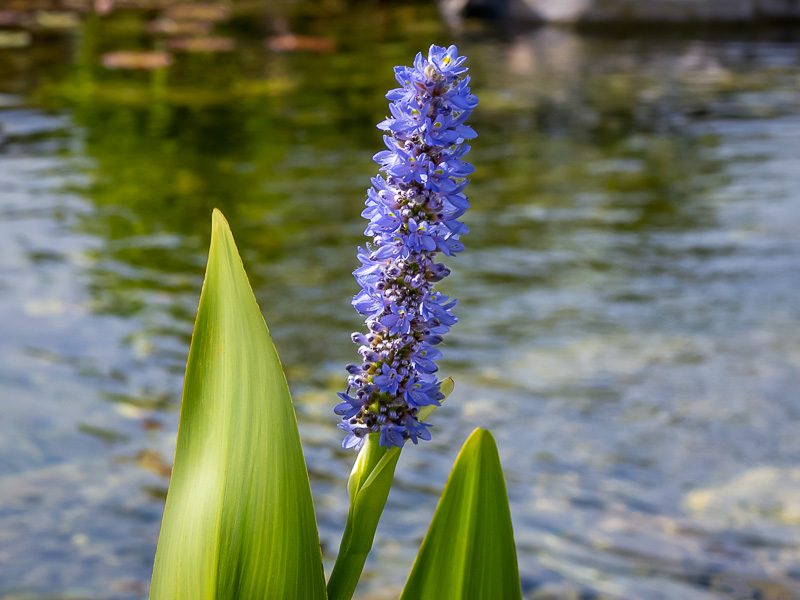
Pickerel Rush is a hardy aquatic plant that brings bright, violet-blue flower spikes and lush, heart-shaped leaves to container water gardens. Blooming from summer into fall, its nectar-rich flowers attract bees, butterflies, and hummingbirds. Pickerel Rush grows well in shallow water or wet soil, thriving in sunny spots. Its upright growth habit makes it an excellent choice for adding height and color to container ponds and water features, while its dense foliage offers natural shelter for fish and other aquatic life.
7. Umbrella Palm (Cyperus alternifolius)
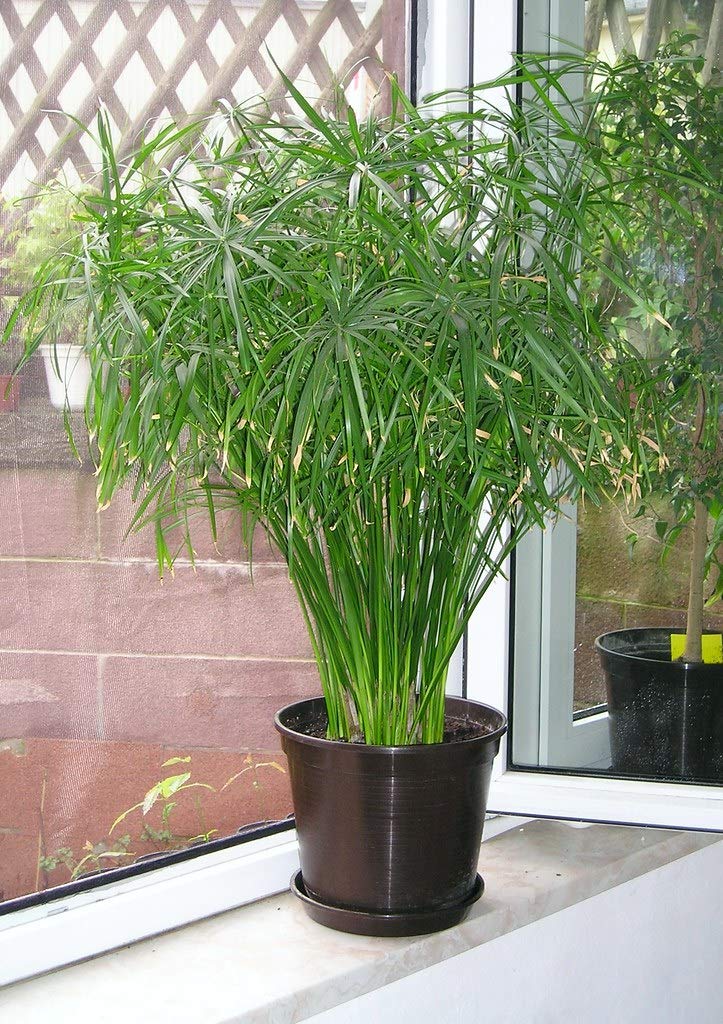
Similar to Papyrus but more compact, the Umbrella Palm is a striking aquatic plant with tall, slender stems topped by whorls of grassy, radiating leaves that resemble an umbrella. It’s perfect for adding texture and vertical structure to water containers. The Umbrella Palm prefers wet, boggy soil and can also thrive in shallow standing water. It grows well in full sun to partial shade and makes a bold addition to contemporary and tropical-style gardens. Its lush, fountain-like appearance creates movement and visual interest in water gardens.
8. Golden Club (Orontium aquaticum)
Golden Club is an underappreciated yet stunning aquatic plant, known for its striking golden-yellow flower spikes that rise above glossy, lance-shaped green leaves. Blooming from spring through summer, this plant adds a pop of cheerful color to container ponds. Golden Club prefers full sun to partial shade and grows in shallow water or wet soil. Its unique appearance and easygoing nature make it a standout feature in small water gardens, adding both texture and charm.
9. Water Canna (Canna glauca)
Water Canna is a tropical beauty featuring bold, lance-shaped leaves and tall flower spikes in vibrant hues of red, yellow, or orange. Unlike terrestrial Cannas, Water Canna thrives in wet soil and shallow water, making it perfect for container water gardens. It prefers full sun and blooms throughout the summer, creating a lush, tropical look. The plant’s dramatic foliage and colorful flowers attract hummingbirds and pollinators, turning your patio or balcony into a lively, eye-catching retreat.
10. Parrot’s Feather (Myriophyllum aquaticum)
Parrot’s Feather is a delicate, feathery aquatic plant with soft, blue-green foliage that floats on or just above the water’s surface. Its finely textured leaves give water containers a whimsical, fairy-tale quality. Parrot’s Feather thrives in full sun to partial shade and prefers shallow water or the edges of ponds and water bowls. This plant is excellent for creating a natural, layered look, offering cover for fish and adding a soft, trailing element to container gardens. It’s also helpful for oxygenating and clarifying water.



